How to plan and carry out football training correctly
Trainer Daniel Drißler gives tips for optimal training sessions
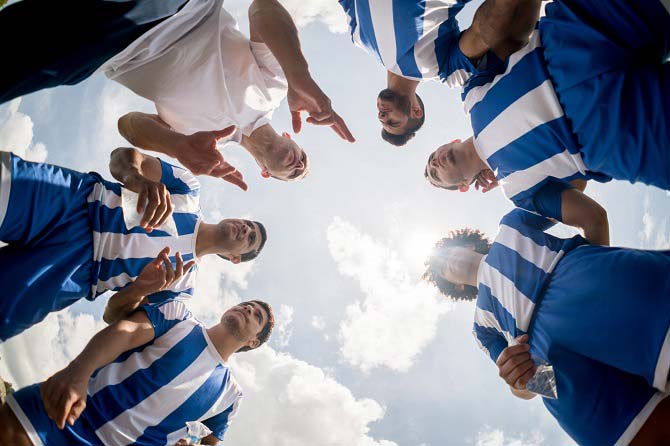
Do you want to train a football hobby team or take on a coaching position at your club? Then it is important that you deal with the matter correctly. We will answer basic questions about football training and the equipment you need for training. Coach Daniel Drißler will also share his most important football training tips, from planning to implementation.
Basic information about football training
Anyone who plans on taking football a little more professionally and joining a club or founding a team with friends is faced with a lot of questions. We will summarise the most important ones.
How does football training work?
Football training is usually divided into three phases: warm-up, main part and final part. A training plan can help organise a football training session properly. See more below.
How long does football training last?
The duration of football training depends on every team. Normally, one training session lasts about 90 minutes or two hours.
How often does football training take place?
In amateur football, training usually takes place twice a week.
What do you need for football training?
Every player needs the right training apparel:
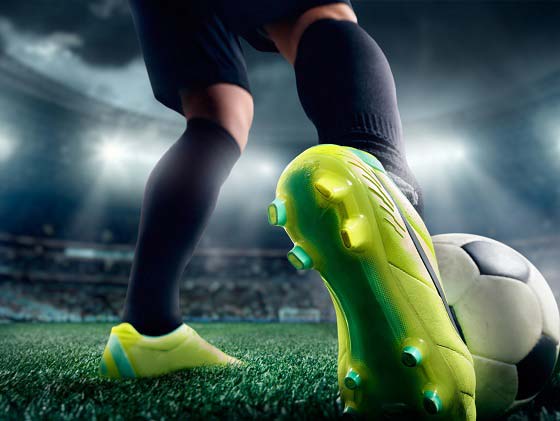
Tip: soccercoachingpro.com has created a useful checklist of what players should put in their football bags.
DFB explains more about what should be taken in consideration when equipping (and what is allowed according to the rules) on their website (in German). Of course players can wear clothes during training which are not allowed to be worn during the game.
Apart from the correct clothing, training aids of all kinds can be an enrichment for football training:
- Caps
- Hurdles
- Slalom poles
- Marking discs or caps
- Skipping ropes
- Mats for floor exercises
- Ball rebounders
- And much more
The list could carry on and on. But not every club can afford extensive training equipment. This just means: improvise!
Ultimately, the ball is the most important piece of football equipment. The rest is always left to the coach's preferences and creativity. It doesn't always have to be the latest equipment gag. The fact that an old acquaintance from sports lessons, i.e. the medicine ball, is also a useful aid in football training should have been known since Felix Magath's coaching times at the latest.
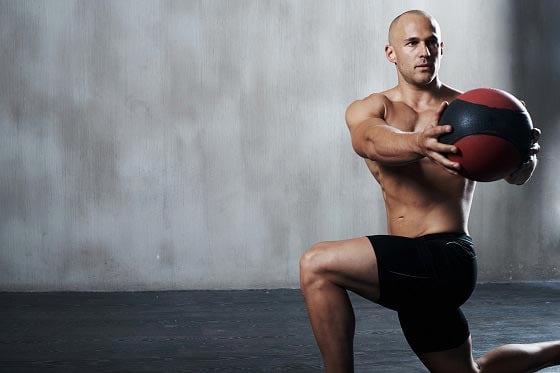
Trainer equipment: for trainers, a training folder, a clipboard, a notepad and pens are useful. Tactical boards or special trainer software can also be helpful. By the way, DFB provides football coaches with a free software which helps them create pitch images online.
Daniel Drißler's football training tips: this is how you carry out successful football training
Football coach Daniel Drißler from Mannheim has told us what makes a good football training and how a coach works best.

The expert
The business graduate has been coaching football teams from the U11 to men's age groups since 2004: "I stopped playing relatively early and then quickly realised that the coaching job was just the right thing for me to continue actively being involved in football", says Daniel, who obtained coaching licence A in 2012.
"As a player, I was already very interested in tactical interrelationships and that is why I continued working on them. The big challenge in training a team is to inspire different types of people with their views and intentions to reach a common goal and make sure everyone is involved. This goes far beyond the work on the training ground."
He has also been pursuing his passion for excellent football training on his Football Training Blog for about seven years now.
Daniel's tips for new football coaches
Are you going to be on the pitch for the first time as a coach? Daniel Drißler advises you to take your coaching career calmly and learn from others.
"As a beginner, it is ideal to take the time to look at what experienced trainers do. If it's just the beginning of your training sessions, you shouldn't expect too much of yourself. That is, do simple exercises and accept one or two mistakes."
Mistakes are not bad per se: in fact, they offer you a chance to improve your training skills in a targeted way: "Mistakes are completely normal and a good opportunity to get better", says Daniel. He adds: "However, this is only possible if you actively follow up every training session: what went well, what went rather badly, what was the reason behind it? It can help if you ask colleagues how they feel about it and what they would do differently (keyword: Coach the Coach)."
A targeted follow-up of football trainings and the exchange with colleagues is, among other things, very helpful for beginners to become good football trainers.
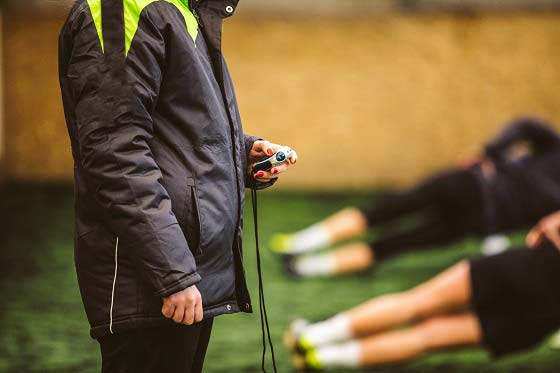
If you are training with a new team for the first time, first of all you have to find out the level of the players. Daniel explains: "The level of the players can be seen relatively quickly when you increase the demands, i.e. demand more speed and more difficult movements and tactical actions. As soon as the players can't cope, you've reached the current limit, which you can gradually increase."
Of course you also have to consider that players are all different: "This limit is different for each player, so that you should differentiate within the training - for example by creating homogeneous groups or adding individual exercises."
How to come up with a training plan
For a successful training, it is important that you proceed systematically and determine the structure and sequence of each football training session in advance. The training plan will help you do this. It is as individual as every team and there is no perfect training plan that can be transferred to all teams. Daniel has nevertheless given us some helpful tips on what is important when coming up with a football training plan.
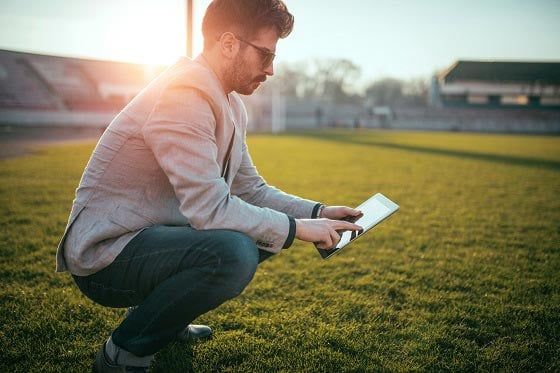
Basically, you should think about the main points you want to train (individual tactics, team tactics, goal scoring, etc.) and take into account the performance and age of the players.
Daniel Drißler explains what is important for a good training plan:
- Plan with objectives: "A training plan should derive from the overarching seasonal goals or development goals for the team and players. This ensures that you can always explain to the players why you are training something."
- Allow enough time and stay flexible: "It is important to allow enough time for individual topics and the respective training sessions. Normally, you need more time for training sessions than you have planned for."
- Check the general conditions: "You should also consider the general conditions in the club (training time, size of pitch, etc.) and the team (training participation, schedule, performance) again and again and adapt the plan if necessary."
Tip: instead of regularly printing out and distributing the training plan, you can also create it with an online tool. A further advantage: the plan can be opened up by all players at any time or they can be informed about changes by e-mail.
Implementation of a football training session: Daniel's practical tips
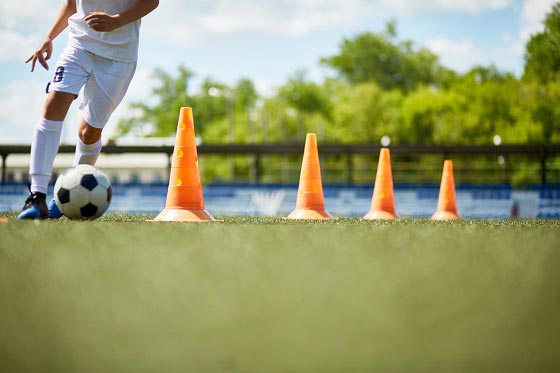
This is how a football training session is set up
Coach Daniel knows what is important in a good training session.
- Structure: "There is a standard structure for a training session: warm-up, main part and final part."
- Theme: "Every training session should have a theme, which all three parts then deal with, for example 'improving the defence behaviour' or 'passing with internal/external foot'. There are thousands of exercises for all topics."
- Correct Coaching: "What matters is not the structure of the exercise, but how well the coach trains his players, i.e. how he helps them to improve through tips and instructions, skilful questions and solutions."
In order to get structure into your football training, you can simply follow the phases of training: "The structure is basically determined by the training phases, which in turn consist of individual sequences or exercises," says Daniel. "As a trainer, you should pay attention to the chronological sequence and clearly announce the change between training parts. Personally, I always plan my training in writing and with rough time specifications, which still leave some buffer for delays."
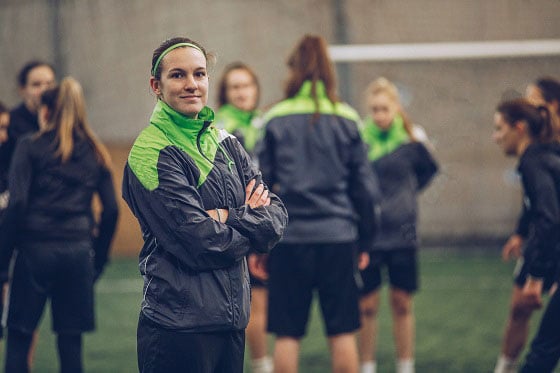
Carrying out a football training
With the aim of achieving a satisfactory training session, Daniel advises the following:
- Do not let distractions get in the way (switch off or ignore disruptive factors).
- Training sessions almost never run exactly as you plan them.
- Do not stubbornly stick to the plan if you feel that a change would fit better.
- What matters is the coaching, i.e. the trainer has to work with full commitment.
In moderation, you can also include players when organising training sessions. "As a coach, it is my job to set the framework for the further development of the team and the individual players and to identify development opportunities", Daniel explains. "But that doesn't mean that you can't do the training planning together with the players every now and then (depending on the age group). This shows the appreciation for the players and also helps them to better understand the training mechanisms."
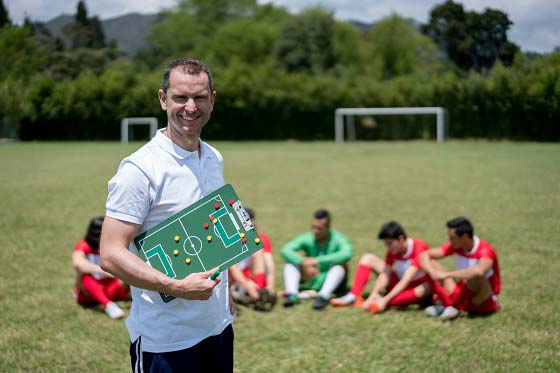
You don't have to do all the training alone. Together with a co-trainer, you can train the football team even more specifically: "The more coaches you have, the better. This way, more players can be observed and coached individually," says football coach Daniel. "In DFB base training, you have a support ratio of 1 to 7 or 1 to 8. With several coaches you can work in smaller groups and thus provide more ball contacts for each player."
A co-trainer is "ideally an equal colleague who can contribute just as much as his 'boss'."
Good football training exercises
There are so many exercises for football training and the Internet is a welcome treasure trove for any coach or player. Here we present a few sources that offer you good football exercises:
- On the FA website you will find numerous training sessions. A practical feature: you can filter the results according to various criteria (location, fitness, tactics in attack, tactics in defense...).
- At easy2coach.com you will find a detailed database with about 3.000 football exercises. On soccercoachweekly.net you will also find numerous training exercises from ball-feeling to dribbling to duel.
- Of course you will also find what you are looking for on Daniel Drißler's football training blog: here, he and his colleague Günter regularly create new contributions about football training and exercises (in German).
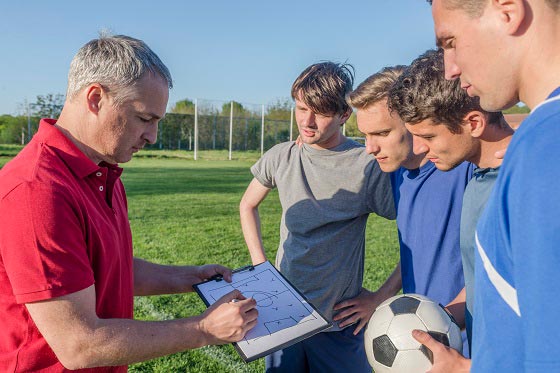
Let's get going
Practice makes perfect - not only for football players, but also for their coaches. Gaining experience, taking tips from fellow coaches to heart and preparing your own training sessions thoroughly will help you coach your team successfully. Find tips on how to strengthen the team spirit in our magazine.
In the owayo magazine, in the football category, you can also read about keeper specific training plans, about the best football goal keepers of all times or about the history of football.
Do you need new jerseys for your football team? Then try out our design programme - create individual football jerseys in your team colours in just 3 steps.
Our owayo team wishes you a lot of fun in training!
Pictures: title of picture: © E+/ andresr; Picture 1: © iStock / Getty Images Plus/ Dmytro Aksonov; Picture 2: © DigitalVision/ PeopleImages; Picture 3: © Daniel Drißler; Picture 4: E+/ Miodrag ignjatovic; Picture 5: © E+/ South_agency; Picture 6: © iStock / Getty Images Plus/SeventyFour; Picture 7: © E+/ South_agency; Picture 8: © E+/andresr; Picture 9: © E+/ ljubaphoto